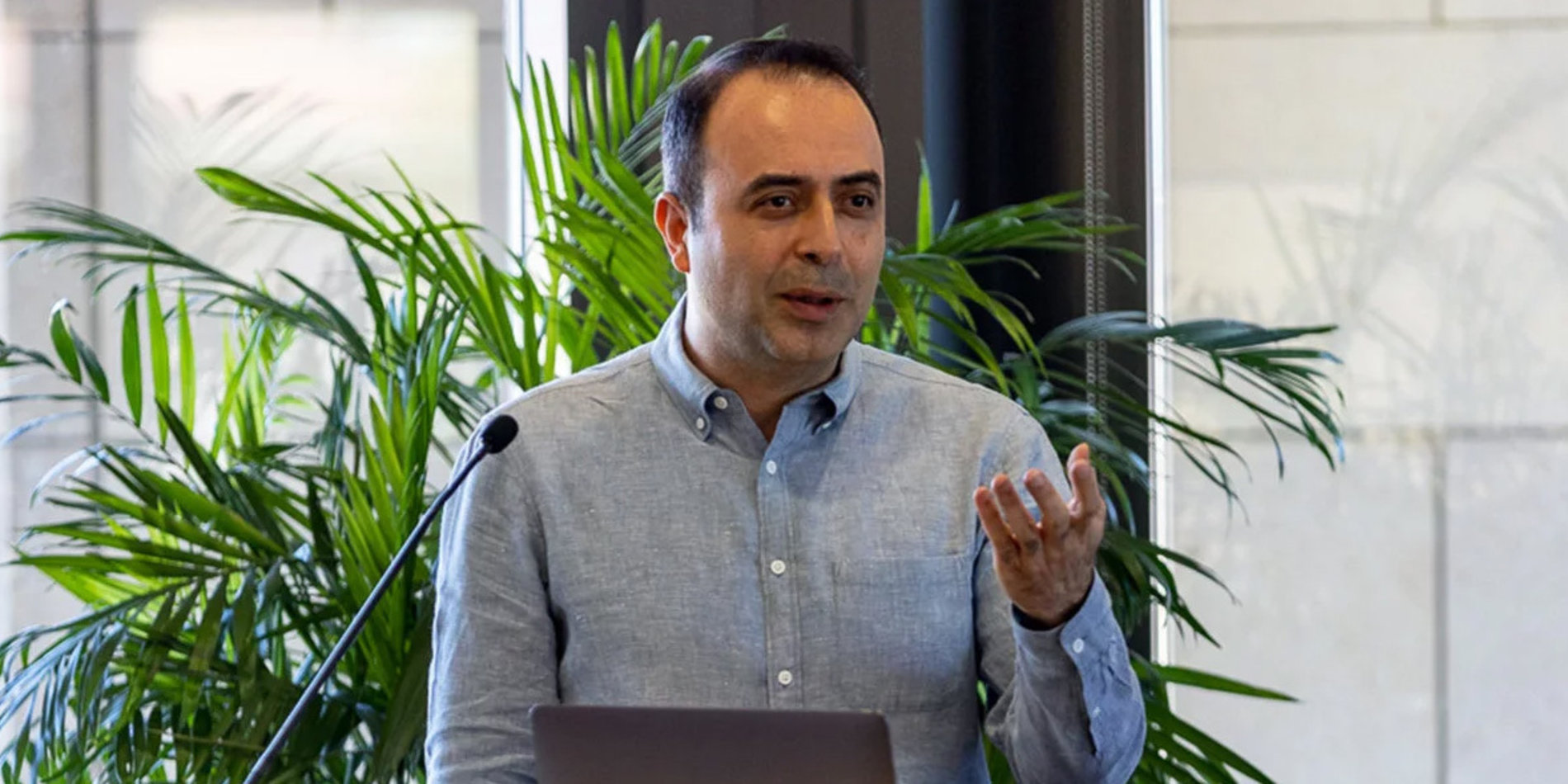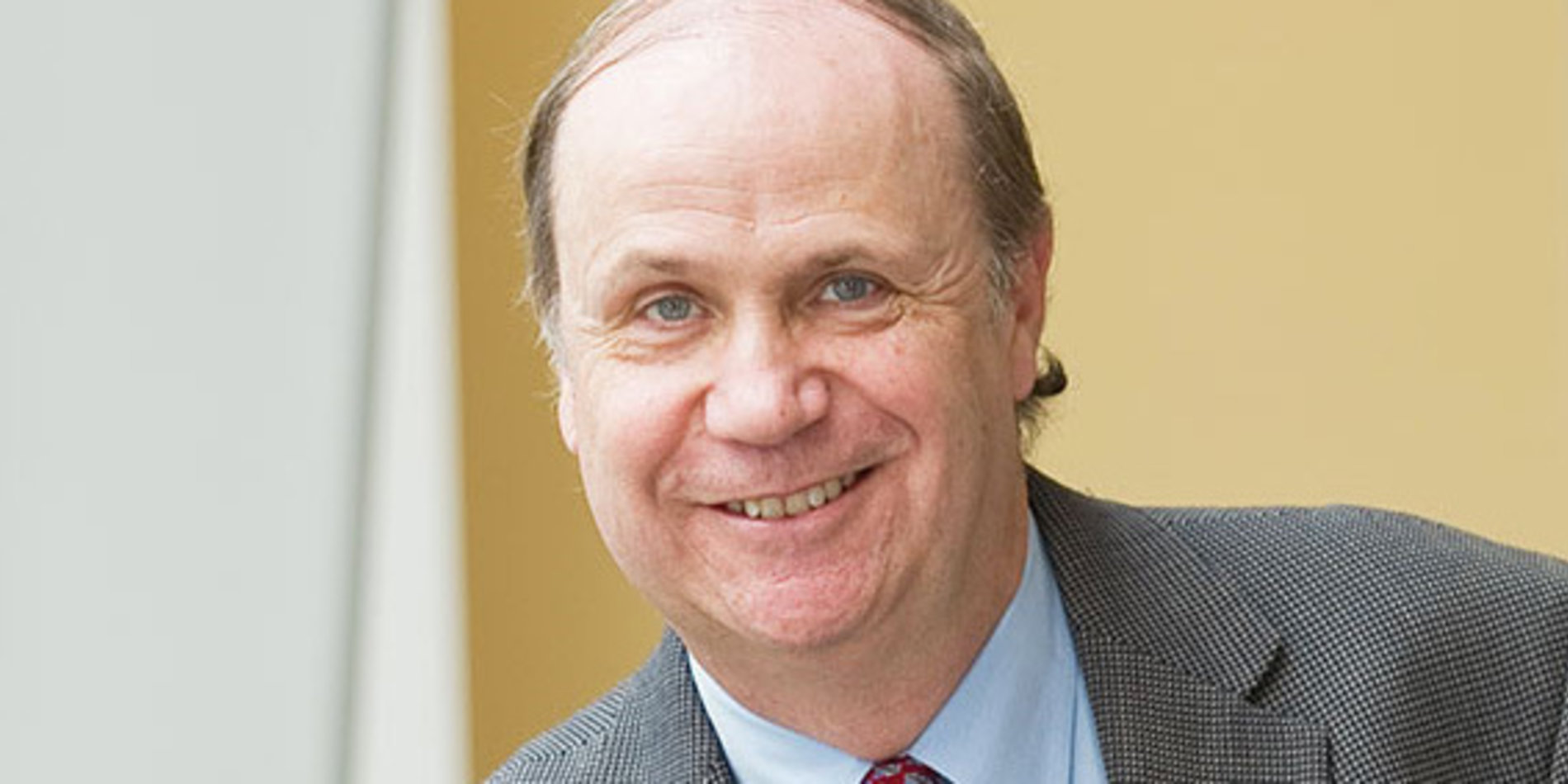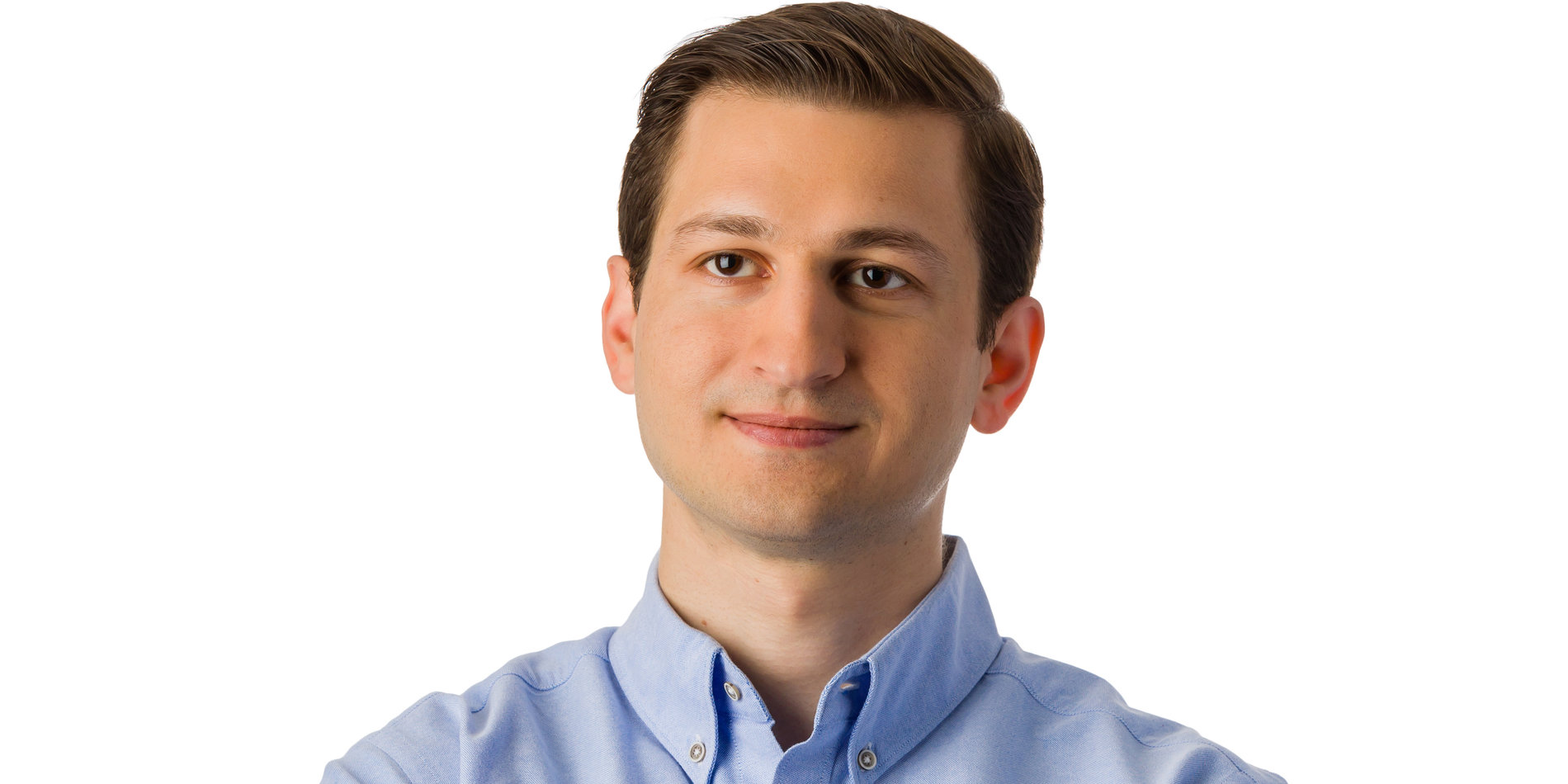2018 MS&E Reunion Recap: A Heartfelt and Engaging Event!
More than 150 MS&E alumni, faculty, and guests arrived on campus Saturday, October 27 to reconnect with old friends and make new ones during Reunion Homecoming weekend.
The MS&E program featured a special tribute in honor of Professor Ron Howard’s contributions to the scientific community, most notably his work pioneering the field of decision analysis.
"Ron has created a school of thought in decision analysis—a very vibrant one," said MS&E Professor and Chair Nick Bambos in his opening remarks. "I know of very few people who can claim that they have created schools of thought," he said, and concluded by mentioning such schools created by Plato and Aristotle. "I think you can infer what I'm trying to say," he concluded, as the audience responded with knowing smiles and laughter.
The Talks
Presentations inspired by Prof. Howard's impact were given by Ali Abbas (PhD '04), Professor of Industrial and Systems Engineering and Public Policy at USC; Jeannie Kahwajy (PhD '00), CEO of Effective Interactions; and Eric Horvitz (PhD '90), Director at Microsoft Research. The final lecture was given by Prof. Howard, who shared stories of his educational journey from childhood to his time at Stanford.

Ali E. Abbas' talk focused on the past, present, and future of the university. He stressed the importance of applicable knowledge, asking, "If we can't teach you skills that you can apply outside of the university, that can't be taught by experience, then what purpose does your degree hold?" He discussed the importance of simplicity in current decision analysis models and the likely possibility that in the future there will be a need for a larger variety of different iterations of decision analysis, but that the foundations will remain the same.
Talk Video

Jeannie Kahwajy spoke of the power of being perceptive and understanding people. She argued that although you can justify decisions by looking back at numbers, you have to talk to people to find out what really matters to them. "You have to know how to ask and how to listen," she said. Jeannie also discussed how a good idea must be proven worthy to garner attention but ideas need attention to be deemed worthy. This starts a vicious cycle and the best way to get out of it is to be ready to receive contributions from all sources and listen to the opinions of others. She concluded by saying that it is not enough to just come up with a better solution; it is also our job to bring more people into decision analysis.
Talk Video

Eric Horvitz's talk focused on the influence Prof. Howard's teachings had on him, as well as the intersection of artificial intelligence and decision analysis. He urged the audience to consider decision analysis as clear, systematic thinking about action; to pursue foundational principles of intelligence; to attend with sensitivity agency, values, and ethics; and to enhance lives and society. He said, "The influence diagram provides a new clarity to the conversation between decision-maker and analyst, allowing representations that are both easily understandable and mathematically consistent." And while pursuing advancement is important, you have to learn to stand for ethics over profits when building your career in decision analysis.
Talk Video

Professor Ron Howard's talk focused on the development of his lifelong education, the lessons he has learned from others throughout his career, and paying tribute to all those who have been a part of his professional journey. He spoke of the deep connection he formed with his mentor, Bill Linvill, who helped Prof. Howard become a part of the Stanford faculty in 1965. He emphasized several lessons that he learned from others throughout his career: a key part of understanding complex systems is creating simple and intuitively understandable models; you can't replace a good idea with a lot of capital; and some of the most important lessons you learn in life are taught serendipitously.
Talk Video
After the lectures, attendees enjoyed a networking brunch, visited the Stanford Bookstore table featuring publications by notable MS&E professors, and took fun photos at the social media photo-op.
View a photo gallery from the event.
View all lecture videos from the event.


